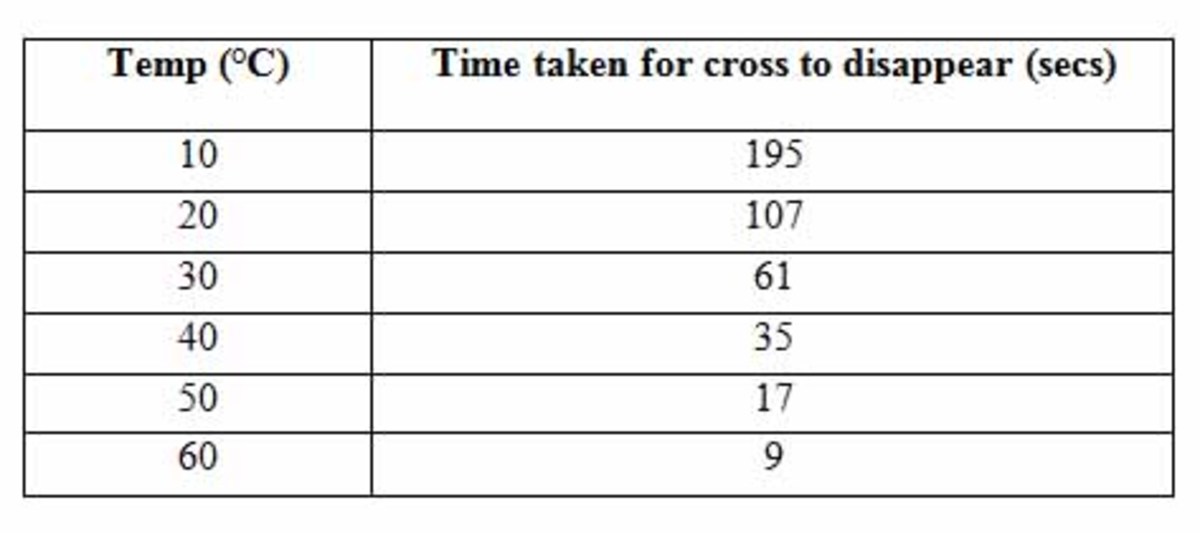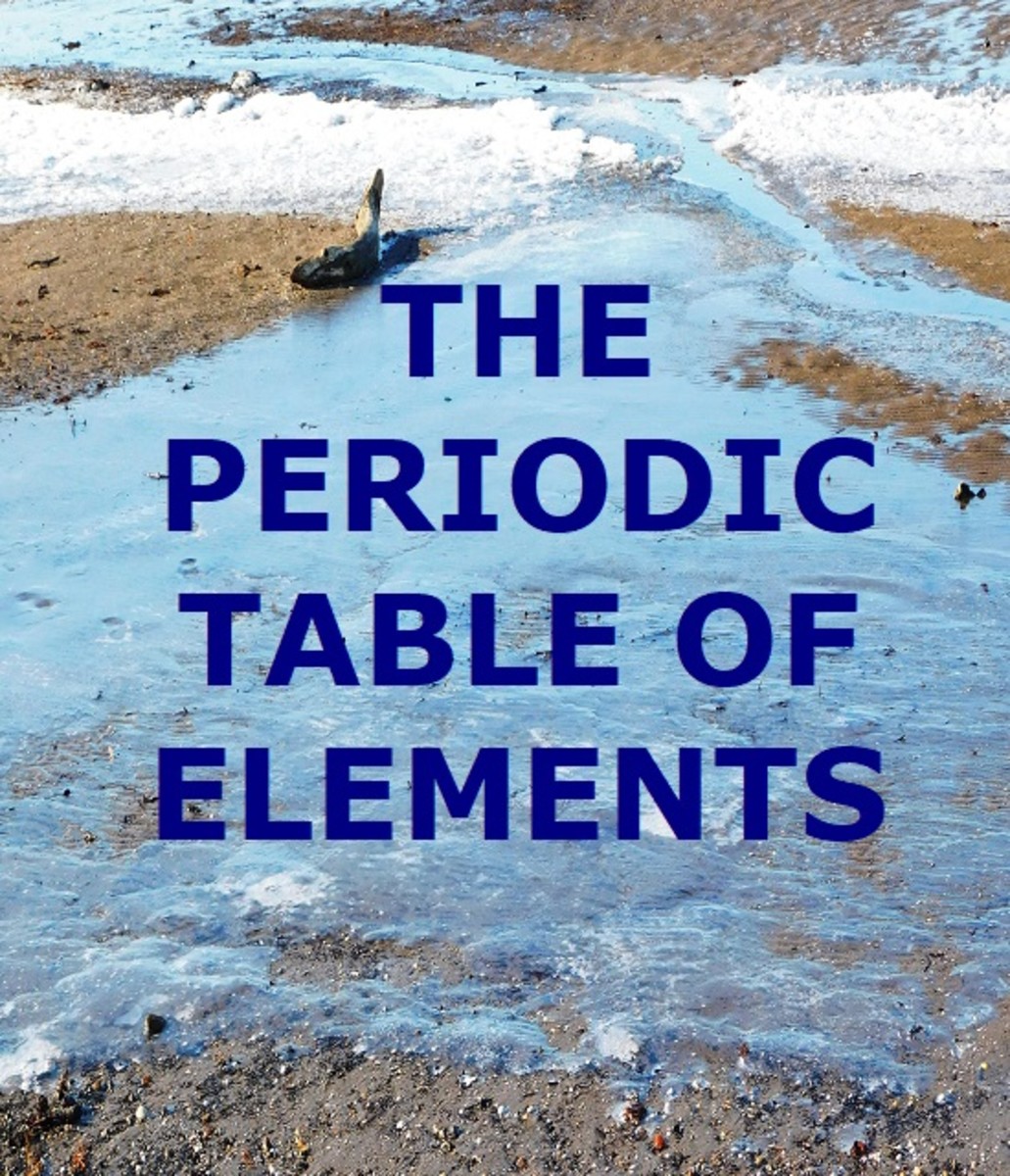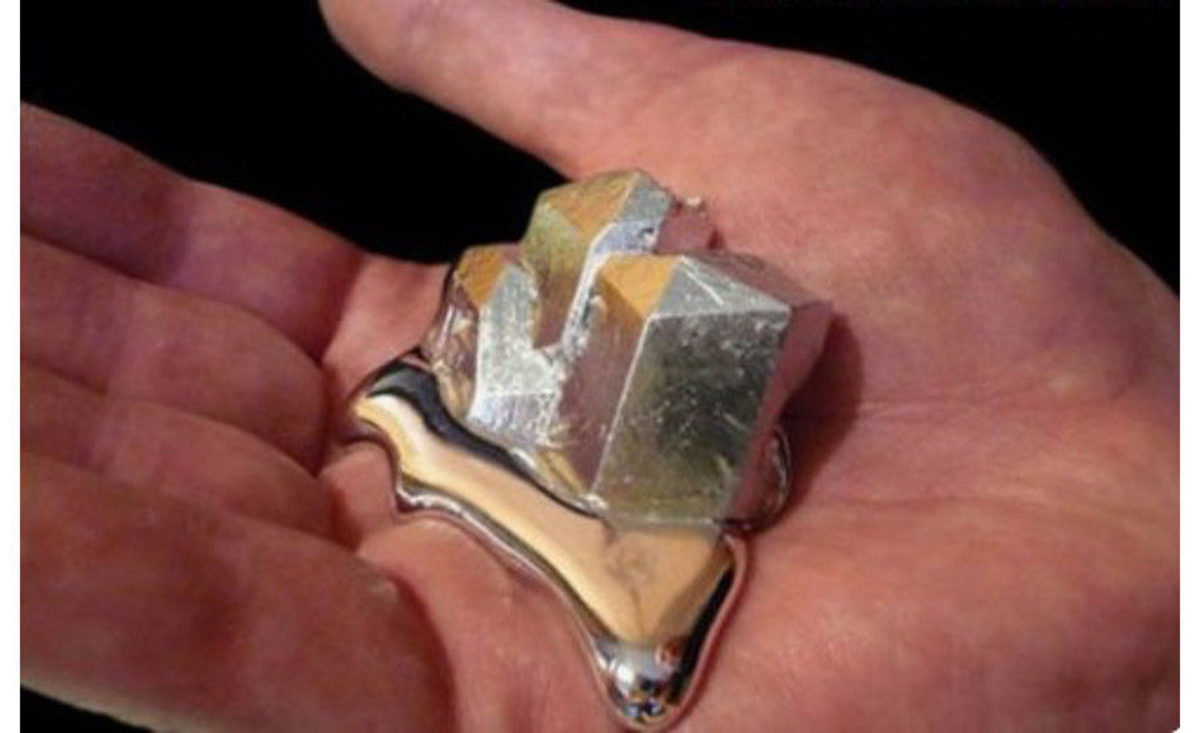Some Chemistry questions you might find tricky
I have put in my best efforts in preparing this article and disclaim liability arising directly or indirectly from the use and application of my worked solutions. Any omissions or errors are unintentional, and will be corrected through further updates.
Question 1:
Which of the following metals has the highest melting point?
An aluminum
B magnesium
C sodium
D potassium
Answer:
The answer is aluminum. If you were to analyze the ion of aluminum, it is written as Al3+. That means an aluminum atom loses three valence electrons to attain a stable noble gas electronic configuration. Now, a magnesium ion will be Mg2+ , a sodium ion will be Na+ , and a potassium ion will be K+ . You will realize that the aluminum ion has the highest oxidation state among the others, and that means an aluminum metal has the highest boiling point.
Question 2:
A student investigated the effect of heat on copper(II) nitrate crystals in a test tube. She observed that a brown gas was given off and the glowing splint rekindled. A black solid remained in the test tube and it was difficult to clean it away.
Which solution should she add into the test tube to dissolve the black solid easily?
A hydrochloric acid
B sodium hydroxide
C sodium carbonate
D silver nitrate
Answer:
Now you have to know that the question is indirectly asking for an apt solution which can react readily with the unknown substance left in the test tube. Do note that this reaction is called decomposition.
Let us write down the equation that summarizes the reaction:
Cu( NO3 )2 → O2 + NO2 + CuO
Oxygen gas is given off, so I included it in the equation. Moreover, NO2 , which is the brown gas being given off, is involved. So I will remained with CuO. Do you realise the elimination method?
To react with CuO, we will use hydrochloric acid, since bases and acids react.
Question 3:
Which substance is most likely to be an element?
A A green solid which turns black and produces brown fumes on strong heating.
B A colorless liquid that boils at 78°C exactly.
C A reddish brown power which burns in oxygen to form a black powder only.
D A colorless gas that forms a white precipitate in calcium hydroxide solution.
Answer:
Most people tend to choose the answer B. What they don't know is that they have been ensnared. That colorless liquid boils at 78°C exactly, and that means that it is a pure substance. A pure sample could either be an element or a compound. Answer B will not be able to substantiate that the sample is an element.
The correct answer is C. You must understand that if a compound were to undergo combustion, it will yield at least two products. Since that powder burns in oxygen to form a black powder only, it suggests that the powder is an element, which had combined with oxygen to form a basic oxide or something.
Question 4:
A humongous molecule made of a large number of carbon atoms, consists of 12 C and 13 C isotopes. It was found that the average mass of carbon in the molecule is 12.2. What is the ratio of 13 C to 12 C?
Answer:
There are no gimmicks, no shortcuts, and no Chemistry knowledge needed for this question. You heard it right. All you have to do is to apply Algebra skills and a bit of mathematical logic. Let x be the number of carbon-12 isotopes, and y be the number of carbon-13 isotopes.
Then, form this equation: (12x + 13y)/(x + y) = 12.2. On solving, you will get y/x = 1/4, that is, the ratio of 13 C to 12 C is 1 : 4.
Question 5:
20cm3 of a particular hydrocarbon reacted completely with 90cm3 of oxygen to produce 60cm3 of carbon dioxide and 60cm3 of water. Identify the hydrocarbon.
Answer:
We will first let the molecular formula of that hydrocarbon be CxHy.
So, by using the gas ratio, with the assumption that the reactants and products are gases at room temperature and pressure, wherein one mole of any gas occupies the same volume as one mole of any another gas, we will get this equation:
20CxHy + 90 02 → 60CO2 + 60H2O
Comparing ''coefficients'' of C: 20x = 60 → x = 3
Comparing ''coefficients'' of H: 20y = 120 → y = 6
Therefore, the hydrocarbon has the molecular formula C3H6, which is propene.








